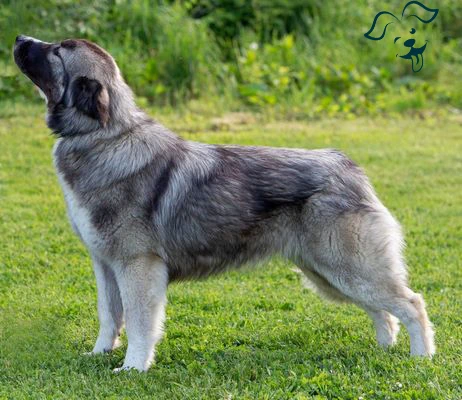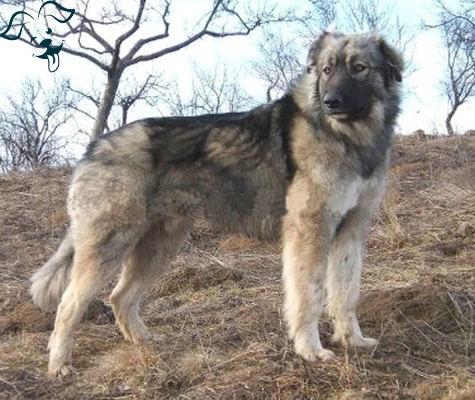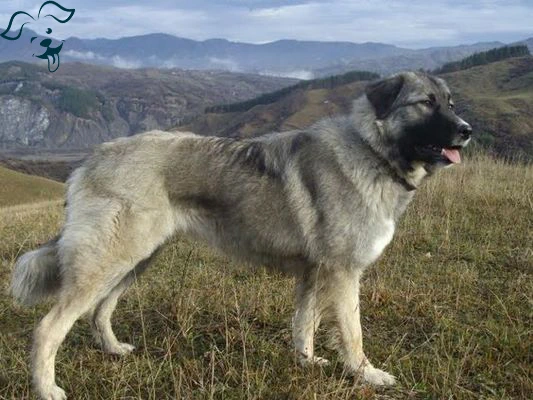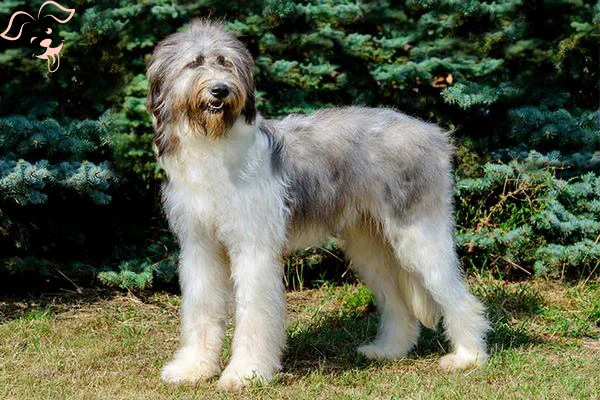CARING WITH FAMILY
|
| The level of affection that a breed is inclined to show towards its family members, as well as individuals they are familiar with, greatly varies. While certain breeds may appear distant and indifferent towards everyone except their owner, other breeds embrace every person they are acquainted with as if they were their closest companion. |
LOVE WITH CHILDREN
Unwise
Good With Children
|
| The extent to which a breed can tolerate and be patient with children's behavior along with their overall family-friendly disposition is an important consideration. It is crucial to supervise dogs when they are around young children or children of any age who have limited exposure to dogs. |
BEHAVIOR WITH DOGS
Unwise
Good With Other Dogs
|
| The natural friendliness of a breed towards other dogs is a factor to consider. While interactions and introductions between dogs should always be supervised, certain breeds exhibit a greater inclination to get along with other dogs both within the home and in public settings. |
SHEDDING LEVELS & MANAGEMENT
No Shedding
Hair Everywhere
|
| Understanding the amount of fur and hair a breed is known to shed is important. Breeds that shed heavily will require more frequent brushing are more likely to cause allergies in certain individuals and will likely necessitate more consistent efforts in terms of vacuuming and lint-rolling. |
COAT GROOMING STANDARDS
|
| When considering grooming needs, it's essential to evaluate how often a breed requires bathing, brushing, trimming or other coat maintenance tasks. This assessment should take into account the amount of time, patience and budget you can allocate for such care. Additionally, it's important to note that regular nail trimming is necessary for all breeds. |
DROOLING INTENSITY
Less Likely to Drool
Always Have a Towel
|
| The tendency of a breed to drool is an important factor to consider. If you prefer cleanliness and are fastidious about maintaining a spotless appearance, breeds that frequently leave ropes of saliva on your arm or create significant wet spots on your clothes may not be the most suitable choice for you. |
COAT STYLES GUIDE |
| Double |
| COAT SPECTRUM |
| Medium |
FRIENDLINESS
Reserved
Everyone Is My Best Friend
|
| The level of welcoming behavior that a breed exhibits towards strangers is worth noting. Certain breeds tend to be reserved or cautious around strangers, regardless of the setting, while others eagerly embrace new human acquaintances whenever they are encountered. |
LIVELINESS
Only When You Want To Play
Non-Stop
|
| The level of enthusiasm a breed exhibits towards play is worth considering even beyond the puppyhood stage. Certain breeds will maintain a strong interest in playing tug-of-war or fetch well into their adult years. Conversely, other breeds will derive contentment from simply relaxing on the couch with you for the majority of their time. |
VIGILANCE INTENSITY
What's Mine Is Yours
Vigilant
|
| It is important to consider a breed's inclination to alert you when strangers are present. Certain breeds are more likely to react to any perceived threat be it the mailman or a squirrel outside the window. These breeds are also likely to warm up to strangers who enter the house provided they are accepted by their family. |
ADAPTATION CAPACITY
Lives For Routine
Highly Adaptable
|
| The adaptability of a breed to handle change is an important aspect to consider. This encompasses adjustments to living conditions, noise levels, weather conditions, daily schedules and other variations in day-to-day life. Evaluating a breed's ability to adapt to these changes is crucial when selecting a suitable companion. |
OBEDIENCE LEVEL
Self-Willed
Eager to Please
|
| The ease of training and the willingness of a dog to learn new things are significant factors to consider. Certain breeds are intrinsically motivated to make their owners proud and are eager to learn. On the other hand, some breeds have a more independent mindset preferring to do things on their own terms, whenever and wherever they please. |
STAMINA LEVEL
|
| Understanding the exercise and mental stimulation requirements of a breed is crucial. High-energy breeds are always ready and eager for new adventures, spending their time running, jumping and playing throughout the day. On the other hand, low-energy breeds tend to be more laid-back and content with simply lounging around and snoozing. Tailoring the exercise routine and mental stimulation to meet the specific needs of a breed is essential for their overall well-being. |
VOCALIZATION
|
| Infrequent |
LEARNING CURIOSITY LEVEL
Happy to Lounge
Needs a Job or Activity
|
| The mental stimulation requirements of a breed are important to consider for their overall happiness and well-being. Purpose-bred dogs with jobs that involve decision-making, problem-solving, concentration and other qualities, have a higher need for mental exercise. If they don't receive enough mental stimulation, such dogs may create their own activities to keep their minds occupied, which may not align with the projects you would prefer. Providing appropriate mental stimulation for a breed is crucial to ensure their mental health and prevent boredom-induced behavior issues. |
| COLORS |
|
Description
|
Registration Code
|
|
Gray
|
100
|
|
White
|
199
|
|
| PATTERNS |
|
Description
|
Registration Code
|
|
Black Markings
|
002
|
|
White Markings
|
014
|
|
Piebald
|
025
|
|
Gray Markings
|
028
|
|






























FRIENDLINESS
LIVELINESS
VIGILANCE INTENSITY
ADAPTATION CAPACITY